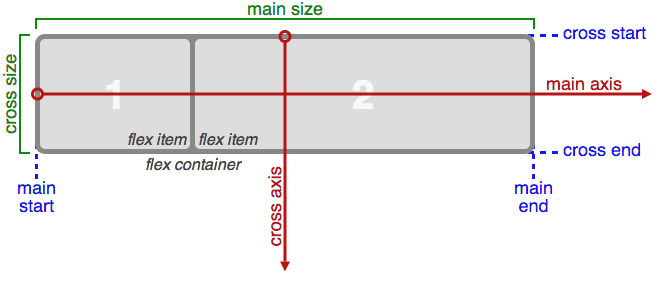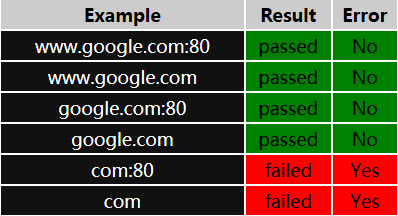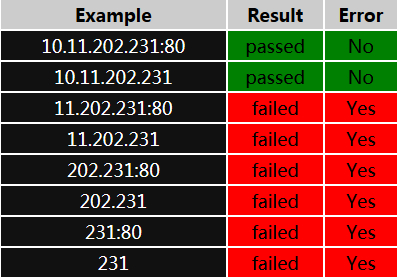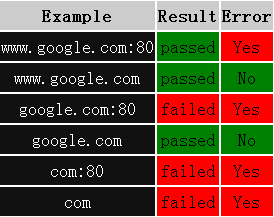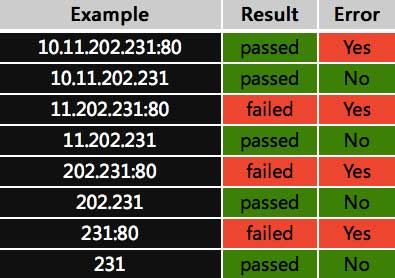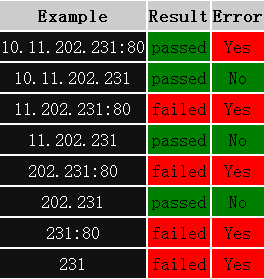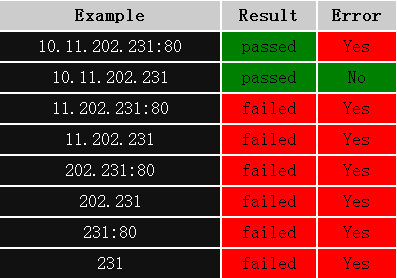Javascript '==' 运算符原理
JavaScript 中的==运算符用以比较两侧的值是否“近似”相等,区别于===的严格相等。
==可以达到以下效果:
null==undefined //true
[]==false //true
[]=='' //true
[1]=='1' //true
要说明 JavaScript 引擎在计算 == 运算符时做了什么,先要了解几个内部概念和方法。
Type
ECMAScript 规范规定了六种变量类型:null undefined string number boolean object。Type 不同于运算符 typeof ,它可以分辨出 null 和 object,但不能分辨 function 和 object,当然事实上并没有 function 这样一种类型。
可以这样模拟 Type 的行为:
function Type(e) {
if (undefined === e) {
return 'undefined';
} else if (null === e) {
return 'null';
} else if ('number' === typeof e) {
return 'number';
} else if ('string' === typeof e) {
return 'string';
} else if ('boolean' === typeof e) {
return 'boolean';
} else return 'object';
}
0的符号
另外需要说明的是0本身包括两个值,正零:+0,和负零:-0。一般不会对这两个值进行区分,甚至使用 === 运算符也分辨不出:
+0===-0 //true
在ECMAScript中有内部内部方法可以区别出这两个值,当然我们也可以做到这一点:
function isPositiveZero(e) {
return 0 === e && 1 / e > 0;
}
function isNegativeZero(e) {
return 0 === e && 1 / e < 0;
}
关于这两点将会在后面的侦断中用到。
ToNumber
转换为数字,规则如下:
| 输入类型 | 结果 |
|---|---|
| Undefined | NaN |
| Null | +0 |
| Boolean | 真返回1,假返回+0 |
| Number | 直接返回 |
| String | 字面意义 |
| Object | 调用ToNumber(toPrimitive),hint:Number |
toPrimitive
该内部方法将一个对象转换为原始类型,在上面提到的六种类型中,前五种都属于原始类型。对于非原始类型,将根据一个成为 hint 的值访问该对象的 Default Value 属性来获取原始值。hint 取值只能为 “string” 和 “number”(默认)。如果为 “string”,将依次调用对象的 toString 和 valueOf 来获取原始值,如果为 “number”,将依次调用 valueOf 和 toString 方法,可见顺序依赖于 hint 值。
==
== 操作x,y两个值时要经过一系列的类型和值的侦断,在 ECMAScript 内部称之为 The Abstract Equality Comparison Algorithm:
- 如果 Type(x) 不同于 Type(y) 执行第 14 步。
- 如果 Type(x) 为 Undefined 返回真。
- 如果 Type(x) 为 Null 返回真。
- 如果 Type(x) 不是 Number 执行第 11 步。
- 如果 x 为 NaN 返回假。
- 如果 y 为 NaN 返回假。
- 如果 x 与 y 有相同的值 返回真。
- 如果 x 为 +0 并且 y 为 −0 返回真。
- 如果 x 为 −0 并且 y 为 +0 返回真。
- 返回假。
- 如果 Type(x) 为 String 那么如果 x 和 y 具有相同的字符序列(等长并且对应位置字符相同)返回真,否则,返回假。
- 如果 Type(x) 为 Boolean 如果 x 和 y 都是真或者都是假则返回真,否则 返回假。
- 如果x和y引用相同的对象返回真,否则 返回假。
- 如果 x 为 null 并且 y 为 undefined 返回真。
- 如果 x 为 undefined 并且 y 为 null 返回真。
- 如果 Type(x) 为 Number 并且 Type(y) 为 String 返回 x == ToNumber(y) 的结果。
- 如果 Type(x) 为 String 并且 Type(y) 为 Number 返回 ToNumber(x) == y 的结果。
- 如果 Type(x) 为 Boolean 返回 ToNumber(x) == y 的结果。
- 如果 Type(y) 为 Boolean 返回 x == ToNumber(y) 的结果。
- 如果 Type(x) 为 String 或者 Number 并且 Type(y) 为 Object 返回 x == ToPrimitive(y) 的结果。
- 如果 Type(x) 为 Object 并且 Type(y) 为 String 或者 Number 返回 ToPrimitive(x) == y 的结果。
- 返回假。
有了这个流程,就可以知道上面提到的几个式子成立的原理:
[]==false
任意数组转换为布尔值时都为真,但与布尔值进行== 运算操作时,首先会将布尔转换为数字,即 false=>0,接着再与数组进行 == 运算。这时,需要进行 toPrimitive([] Number) 运算了,返回0,所以式子返回真。
[1]=='1'
数组与字符串比较,直接转换为 toPrimitive([1] String) == '1',显然为真。
总结
在使用 == 进行操作之前,一定要明确两边值类型所带来的结果差异,必要时,直接强转为布尔值进行计算。
测试
该页面展示了比较两个不同类型值得过程中所发生的事情。
